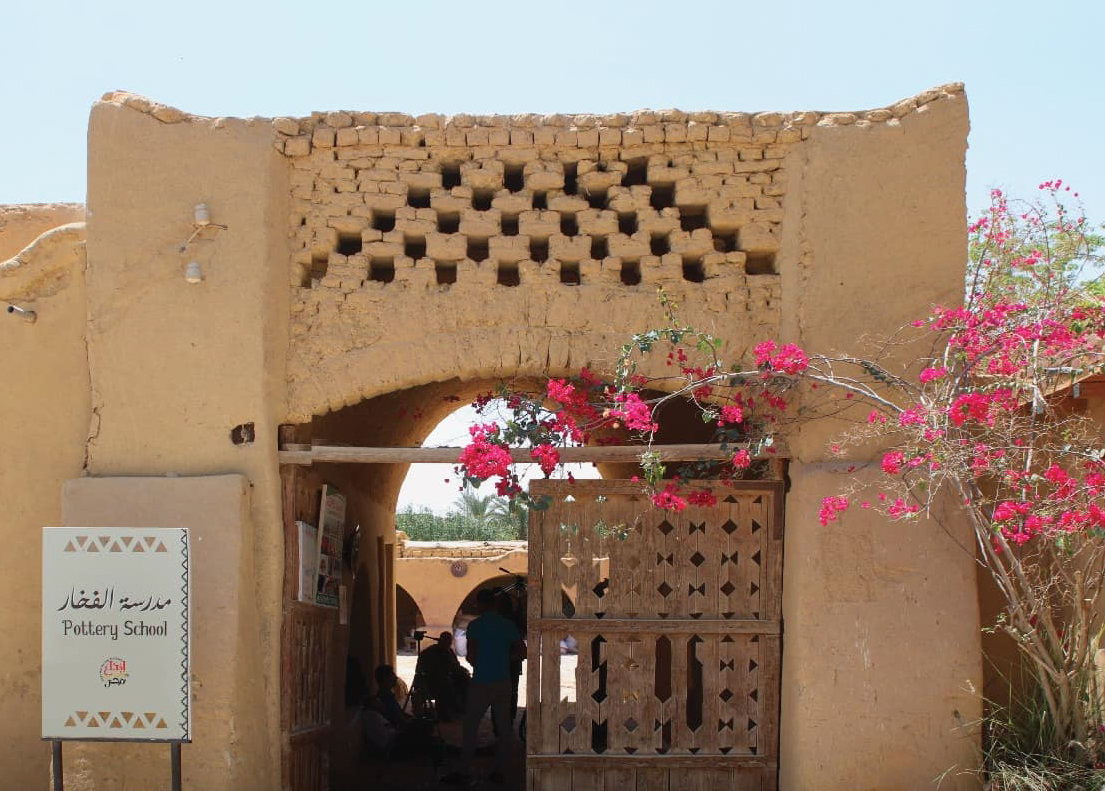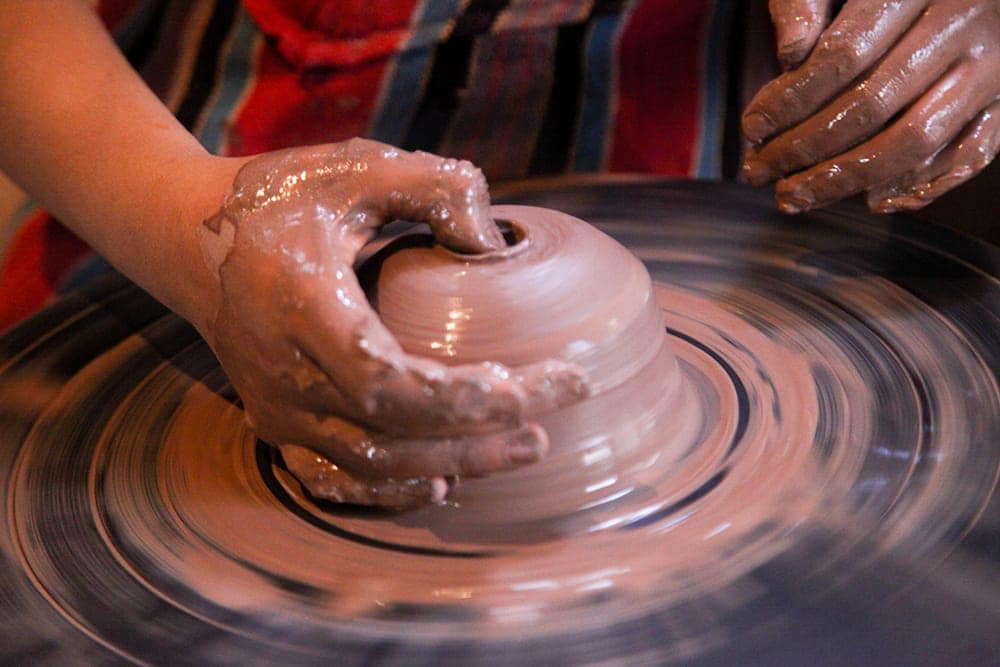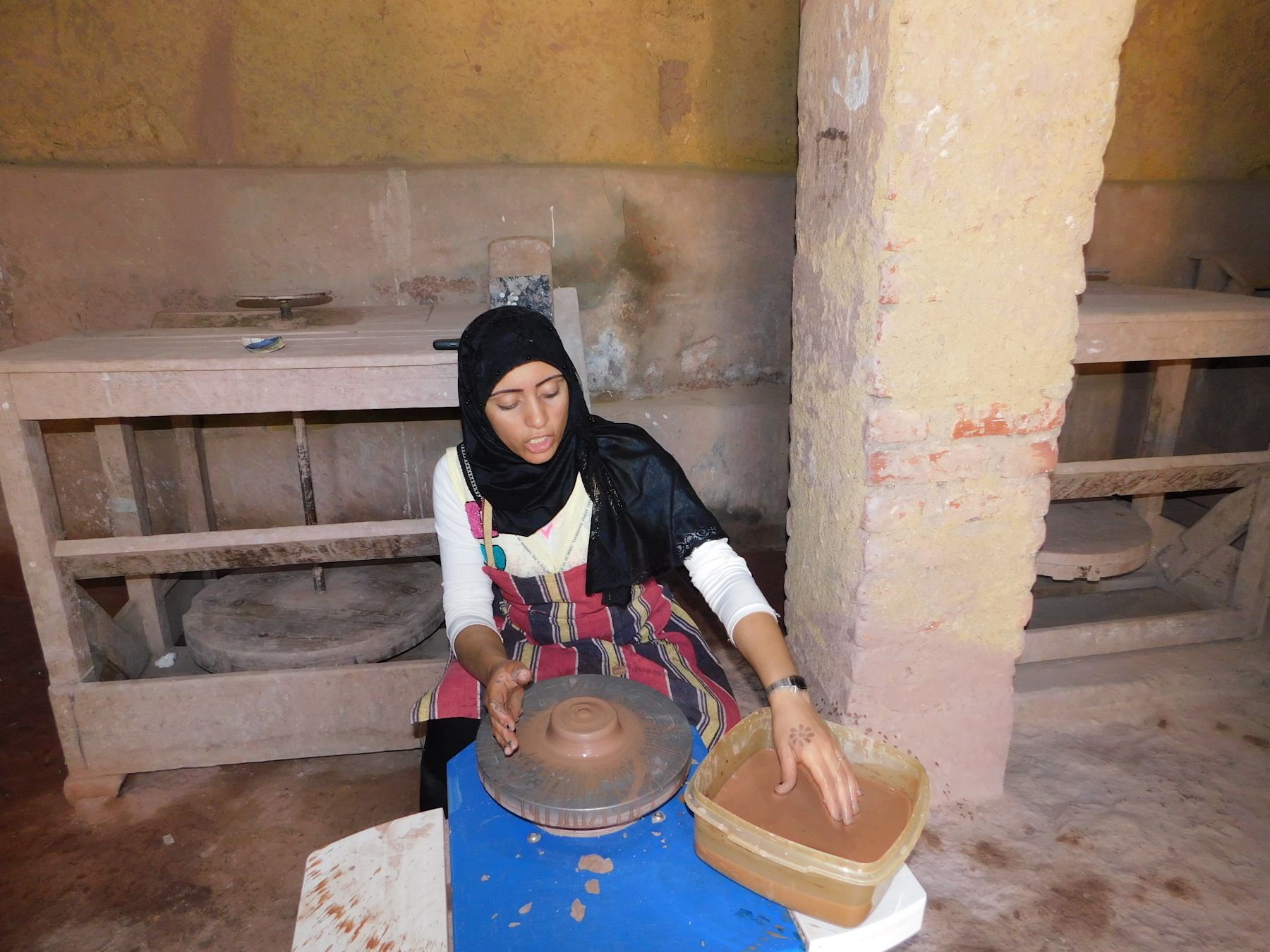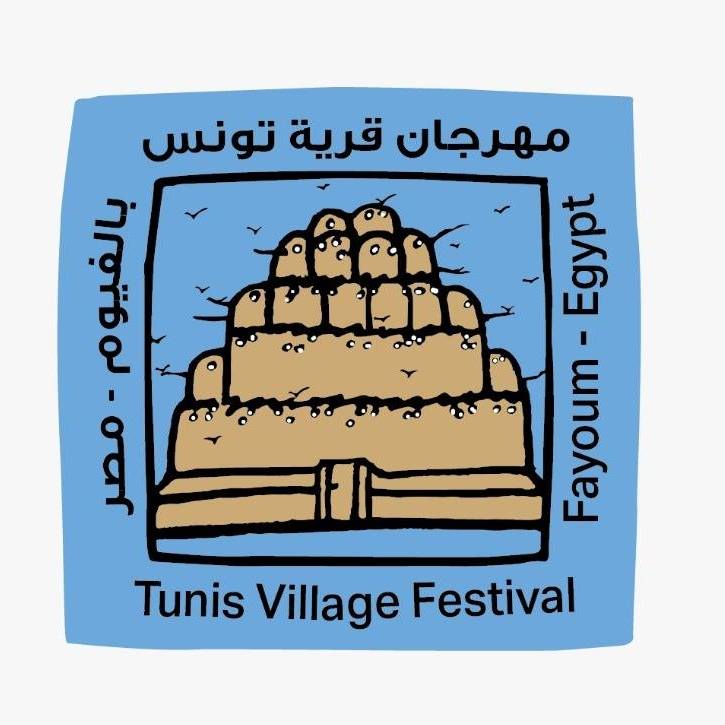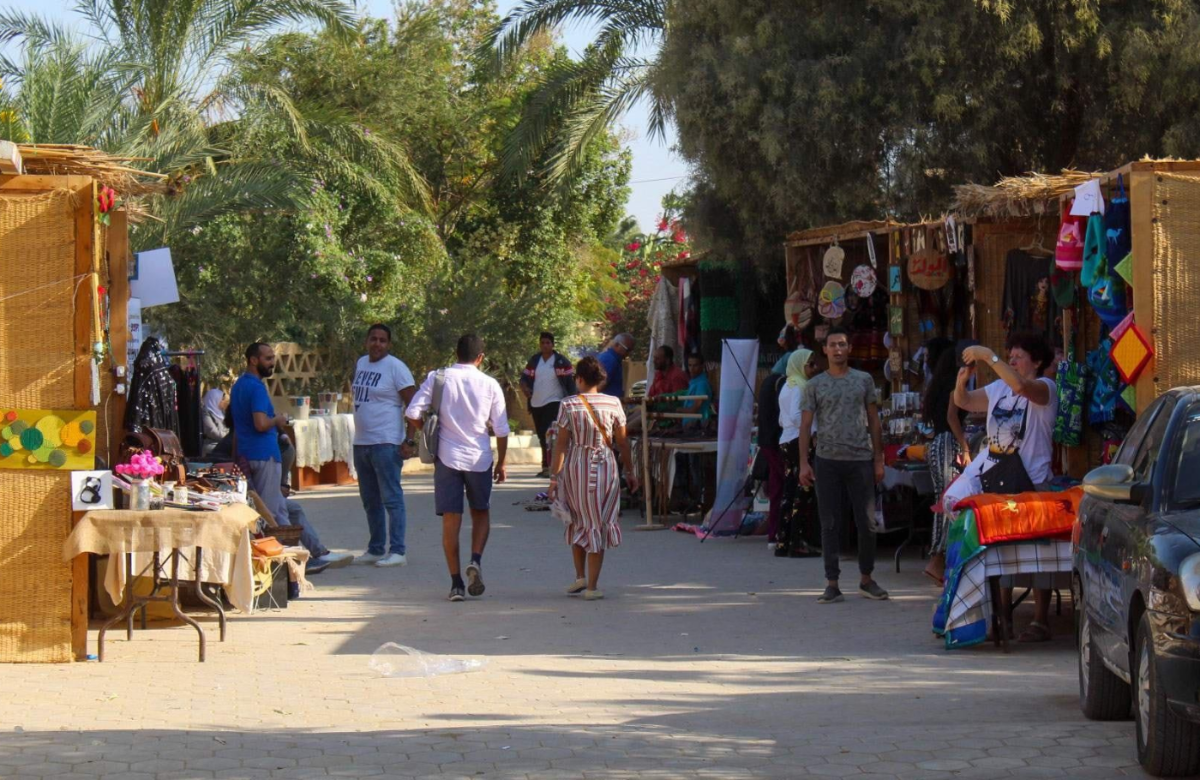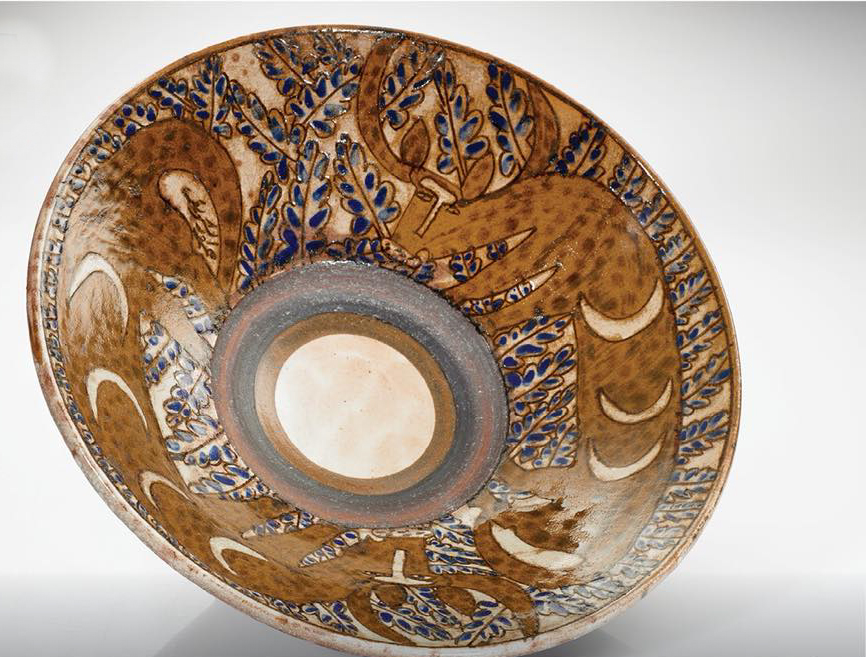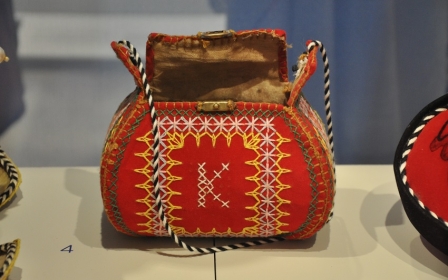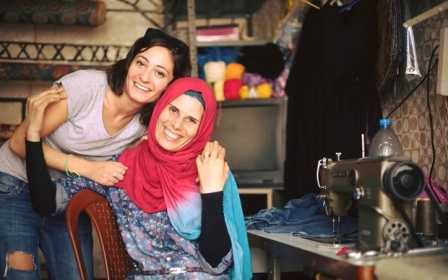From mud to art: The proud potters of Egypt shaping futures through clay

Ask anyone in the Egyptian village of Tunis where the home of the Swiss lady is and they will point you in the right direction.
Quaint mud houses line the single main road that cuts through the village, its air dense with the scent of plants and palm trees. Scattered throughout the village are pottery workshops and shops.
Though few might have heard of the village thirty years ago, the chosen home for 80-year old Swiss artist Evelyne Porret is today a highly regarded national centre for homemade pottery.
Tunis lies at the edge of Egypt’s Lake Qaroun. East of the city of Fayoum, which is roughly 100km southwest of Cairo, the tiny village with luscious views of the lake and desert houses less than 2000 people.
“Everybody keeps asking me why I left the luxurious life of Switzerland behind to live here. But I have never regretted it,” Porret says. “People treat me very well here, calling me ‘Om Angelo’ [the mother of Angelo] and I really like to be called that way. It makes me feel as if I’m one of them.”
When Porret first visited Fayoum in 1980, she was eager to adapt to a life reminiscent of that of her Swiss ancestors. “Some friends told me about Tunis, where there was nothing, only the lake and three palm trees,” she says. “That was it. And I loved that.”
“When I arrived in Tunis with my husband and children, there was no electricity or running water,” Porret adds as she etches a design on a round-shaped plate she made in her modest workshop.
“I don’t like urban life and those huge apartment buildings. I love the countryside and nature,” she says.
Inspired by play
Prior to her move to the Egyptian countryside, Porret had worked with the late Egyptian architect Ramses Wissa Wassef in the Haraneya area in Giza city, noting the way he harnessed the natural talents of youth.
But it was in Tunis that Porret was really inspired, after seeing the way the children played with the natural materials at their disposal.
'Kids in general are artists by nature, drawing from their hearts rather than their minds'
- Evelyne Porret, artist
“I noticed that children played with mud they took from the stream and made really nice toys in the shapes of tractors and animals,” Porret says in an almost flawless Egyptian dialect.
“They were naturally gifted. So I thought why not use the knowledge I learned at college in Switzerland and the ideas I got from Wassef and build a pottery school in the village,” she says.
But building a school would take Porret years. In addition to the lack of basic infrastructure in the village, she faced a number of bureaucratic complications: some of the money that had been earmarked for the project was never received.
But some of the “men in suits”, as she calls them, were supportive and helped Porret to conceptualise the idea of establishing the school. They also helped her with paperwork and the local bureaucracy.
“I never imagined this. There was nothing to imagine, things came about…you don’t decide things. They come about on their own,” Porret says.
Eventually, Porret’s school was open. And before long, 16 young students had joined, some of whom were enrolled in other schools during the day, although many of the village children did not attend any formal schooling.
At the pottery school, the children learnt to etch designs on their pieces and recreated images of the nature surrounding them, from palm trees, leaves, to horses and sheep.
“For the children, drawing was based on trial and error. They kept trying until they perfected it,” Porret says.
“I preferred to work with children rather than adults because I admired their spontaneity and creativity,” she says. “Kids, in general, are artists by nature, drawing from their hearts rather than their minds. Those who didn’t attend school were freed from the constraints of formal education.”
With time, Porret began to market the items produced by the students through exhibitions in Cairo and abroad.
A lifelong commitment
Today, students aged eight and above can attend Porret’s Fayoum Pottery School, with the option of joining classes during the three month summer holiday too.
'We have been trying to reach out to the world and introduce the village as a main hub for pottery production'
- Mohamed El-Sherif, festival organiser
Thirty-one-year old Hussein Saadawy enrolled in the school at the age of 11 and is now a teacher there.
“When we exhibited our work, for example in France, a few years ago, people admired our work. They specifically liked the simplicity of the drawings and designs,” says Saadawy.
And her other graduates have fared equally well. The potters of Tunis village regularly showcase their products at exhibitions throughout the country and internationally, incuding Switzerland and France.
The work of former students is on display at an exhibition centre annexed to the school inside the complex that also includes Porret’s house. And a number of these students have gone on to open workshops of their own, using the acquired knowledge to craft their own unique pieces.
Twenty-four-year-old potter Hanaa Mohamed has been involved with the school for 10 years, first as a student and now as a potter. “Madam Evelyne and the generation prior to mine taught me the profession. It took me almost two years to learn how to produce a piece like this,” she says, as she moulds clay into a cup. “It requires patience, dedication and hard work to perfect the job.”
Demand for the clay products is seasonal. “In summer, we don’t make much money as the season of tourism in Tunis village is winter.” Mohamed says.
Tourist season
In November, which marked the start of tourist season for the potters, the village held its highly anticipated ninth Tunis Village Pottery and Handicrafts Festival. Around 250 exhibitors took part in this year's exhibition, including the village’s own potters, showcasing their handmade products throughout the four-day event.
“Since 2011 when we first organised the festival, we have been trying to reach out to the world and introduce the village as a main hub for pottery production,” the festival’s general coordinator Mahmoud El-Sherif says. “It invigorates the whole of Fayoum, not just Tunis. All hotels and lodges in the province were fully booked during the festival.”
El-Sherif is among the first generation taught at the hands of Porret.
“Om Angelo taught me everything I know. But in fact, her method may have caused me problems, but in a positive way,” he says, laughing. “I learned from her perfectionism, accepting no defects in the work done, and being honest about them with the customers.”
The streets of the village were all transformed in preparation for this year’s event, as well as the local shops and hotels. Artists from outside Tunis exhibited their products in open stalls, while the villagers showcased their craft inside their own workshops and shops.
“I’m taking part in the festival through my workshop and showroom. We’ve been working for months to produce new pieces to sell at the festival,” Mohamed Gomaa, a potter who owns one of the workshops in the village, says.
The festival attracts both Egyptians and visiting foreigners. “I was visiting Egypt when I heard about the festival,” says Jack Anderson, an American tourist. “I came especially from Cairo to visit it and to buy some pottery pieces to take back home. The work done here is really amazing.”
Egyptian engineering professor Noha Adly says she drove five hours from the Mediterranean city of Alexandria to attend the festival for the second time.
But, Gomaa says, there is still much room for improvement. “The festival is a great opportunity to introduce us to the world,” he says. “But what we really lack is marketing and advertising, which the festival organisers have been attempting to do.”
Making shapes
Looking back over the changes the small village has seen in the last 30 years, Gomaa credits the school and his teacher for helping realise their potential.
“We were just kids. We used to go to Madam Evelyne’s house to play with her children and make shapes with mud. We never thought that such simple playing would lead to us being artists,” Gomaa says.
“At first, we didn’t take it seriously. We would go to the pottery school just to play until we realised the value of what we were doing years later when we saw admiration in the eyes of the visitors, especially foreigners,” he says.
In addition to being a centre for glazed pottery production, Tunis is now also an ecotourism destination. Most of the village now either work in pottery or eco-tourism, a livelihood that might have seemed unlikely in the past.
"Sometimes she was tough on us,” Fares Khalid says, another potter from the village. “But she needed to do that because we were impulsive kids raised in the countryside.
“Madam Evelyne taught me how a shapeless piece of mud could turn into a real piece of art.”
This article is available in French on Middle East Eye French edition.
Middle East Eye propose une couverture et une analyse indépendantes et incomparables du Moyen-Orient, de l’Afrique du Nord et d’autres régions du monde. Pour en savoir plus sur la reprise de ce contenu et les frais qui s’appliquent, veuillez remplir ce formulaire [en anglais]. Pour en savoir plus sur MEE, cliquez ici [en anglais].



